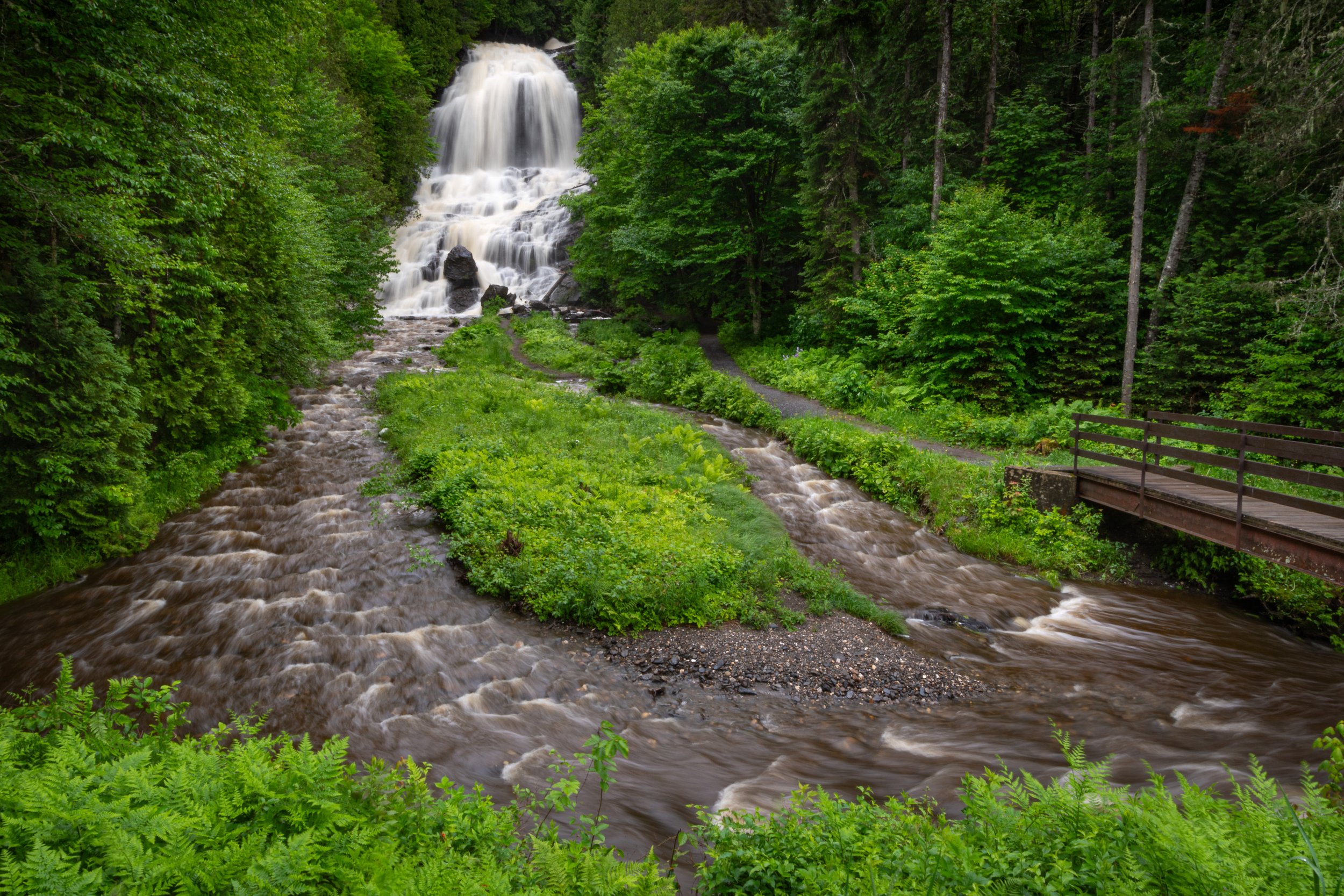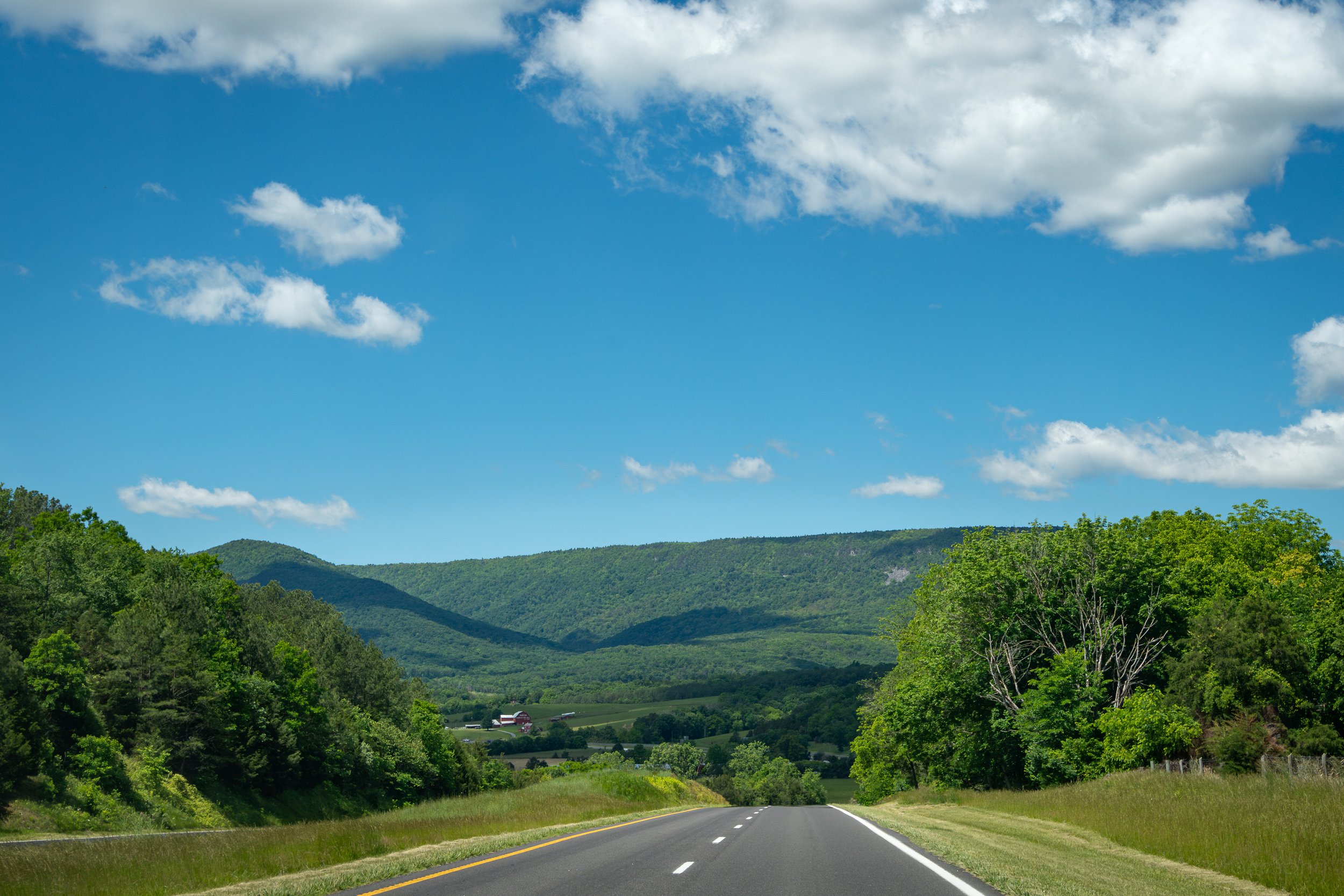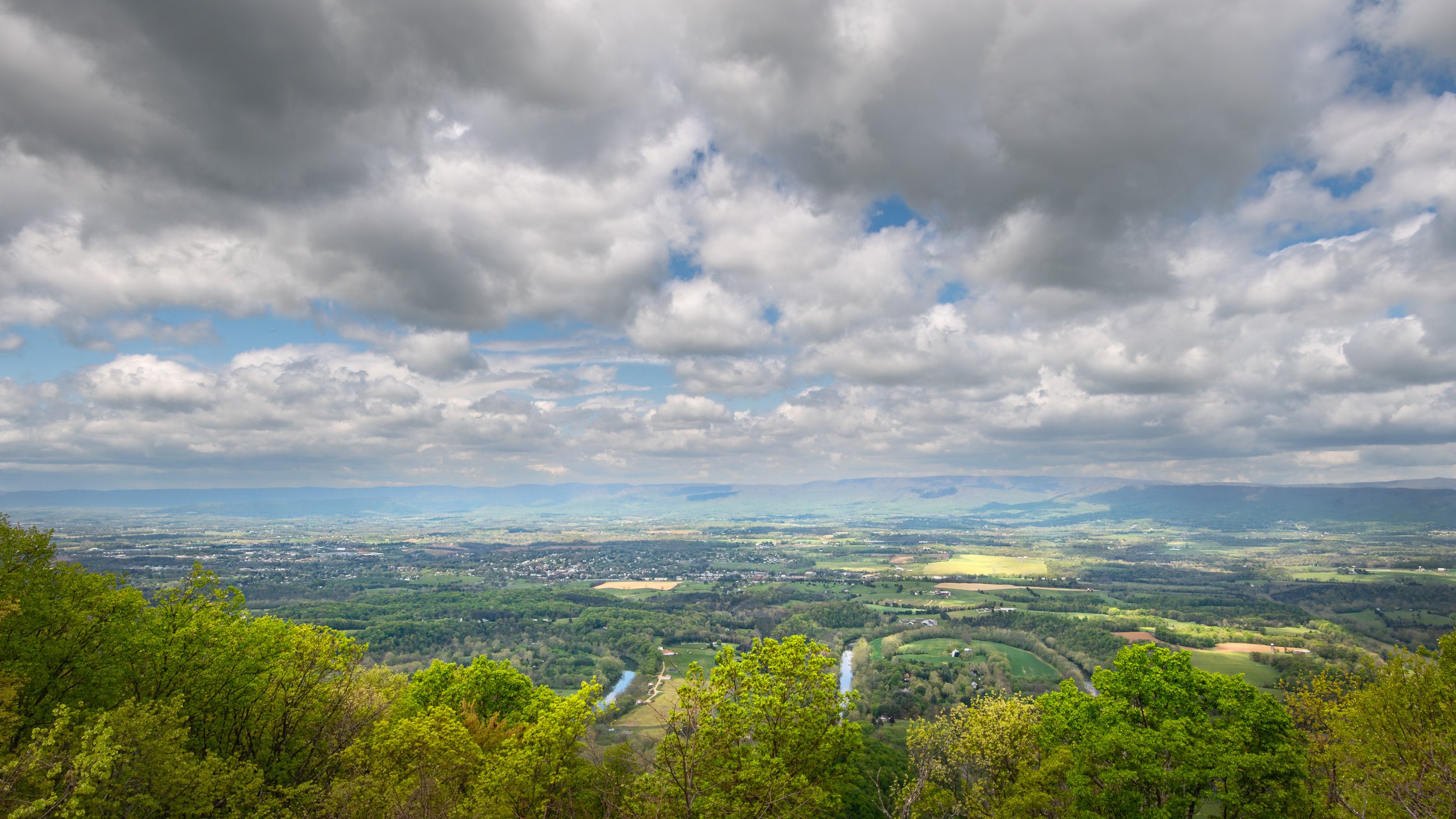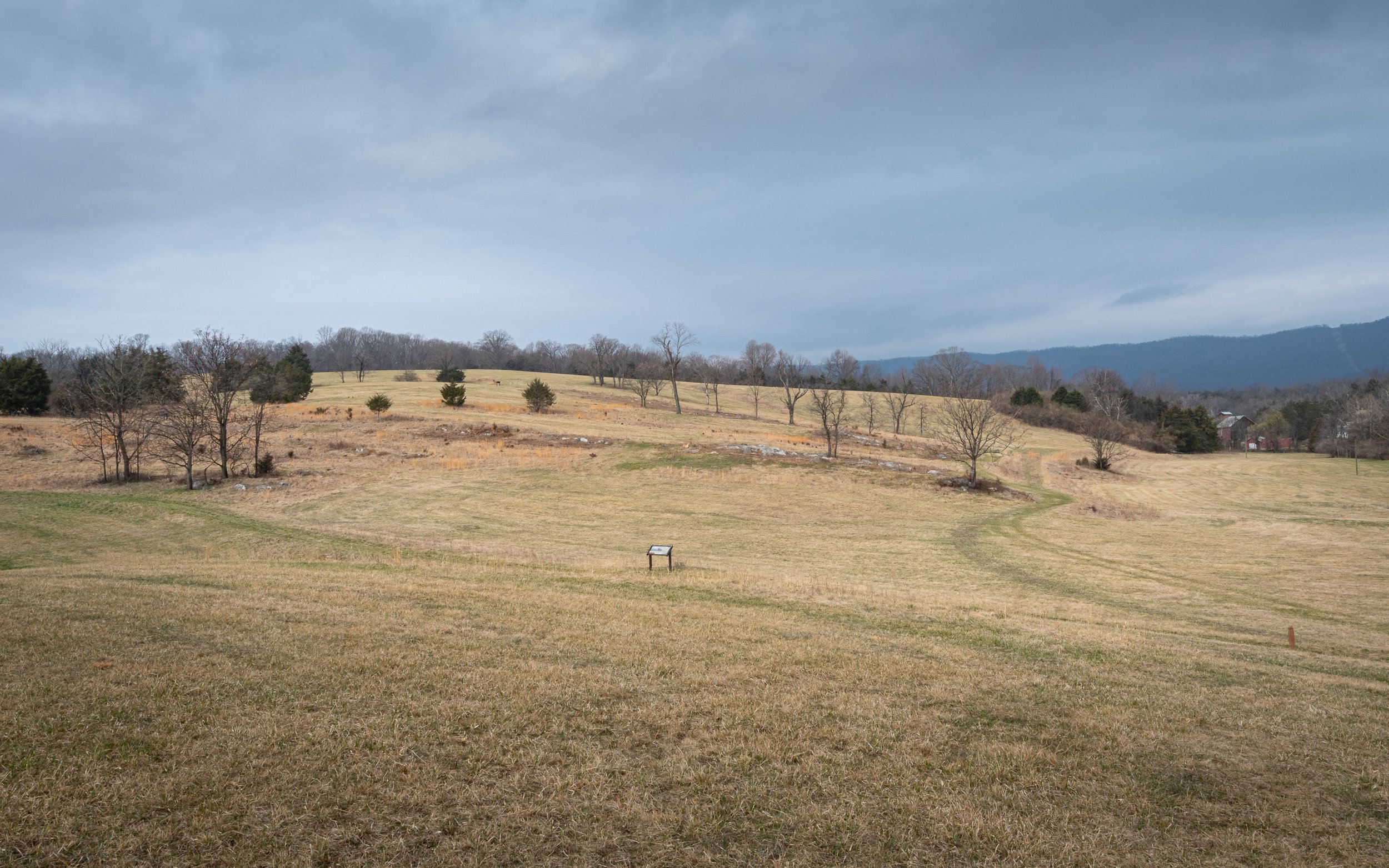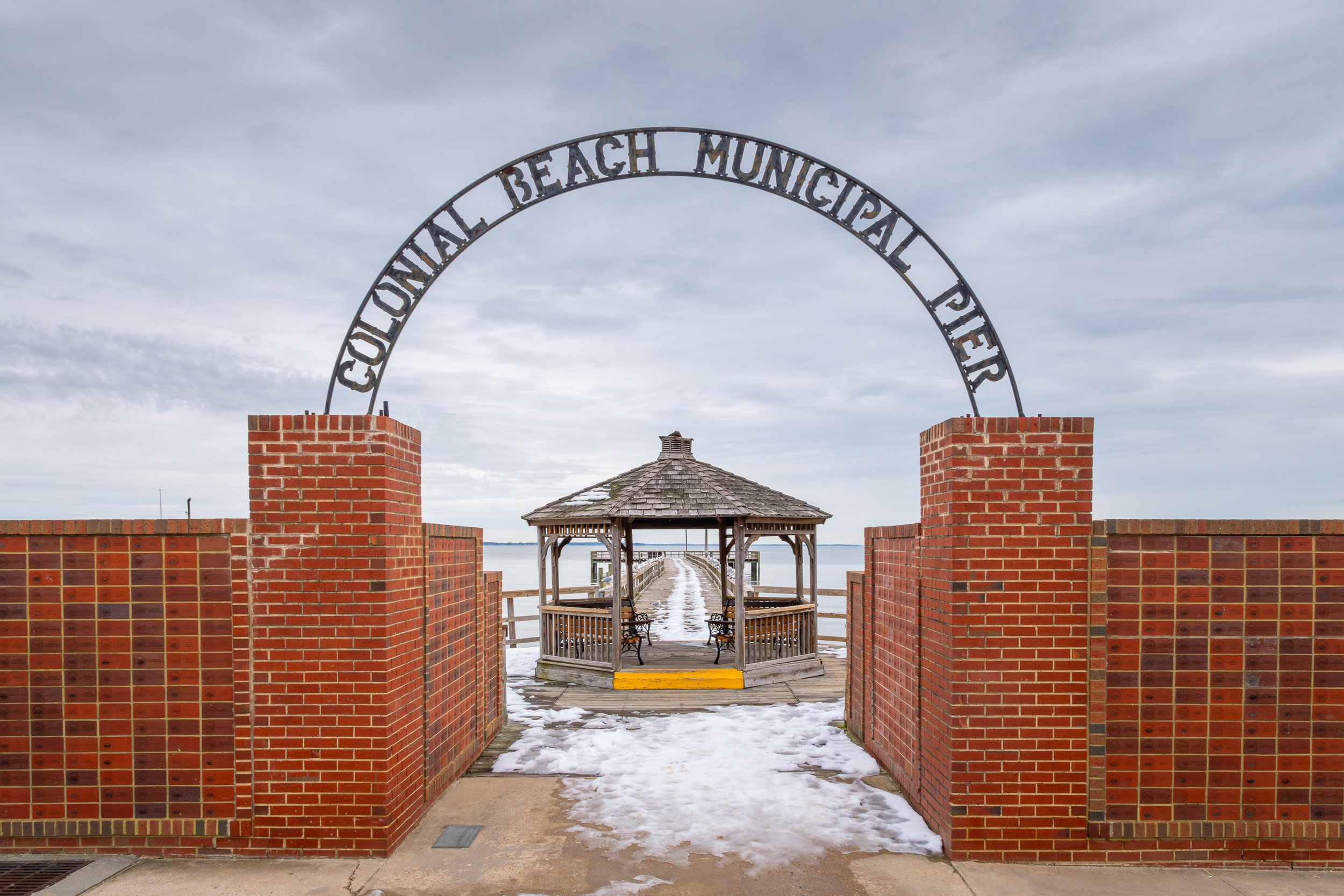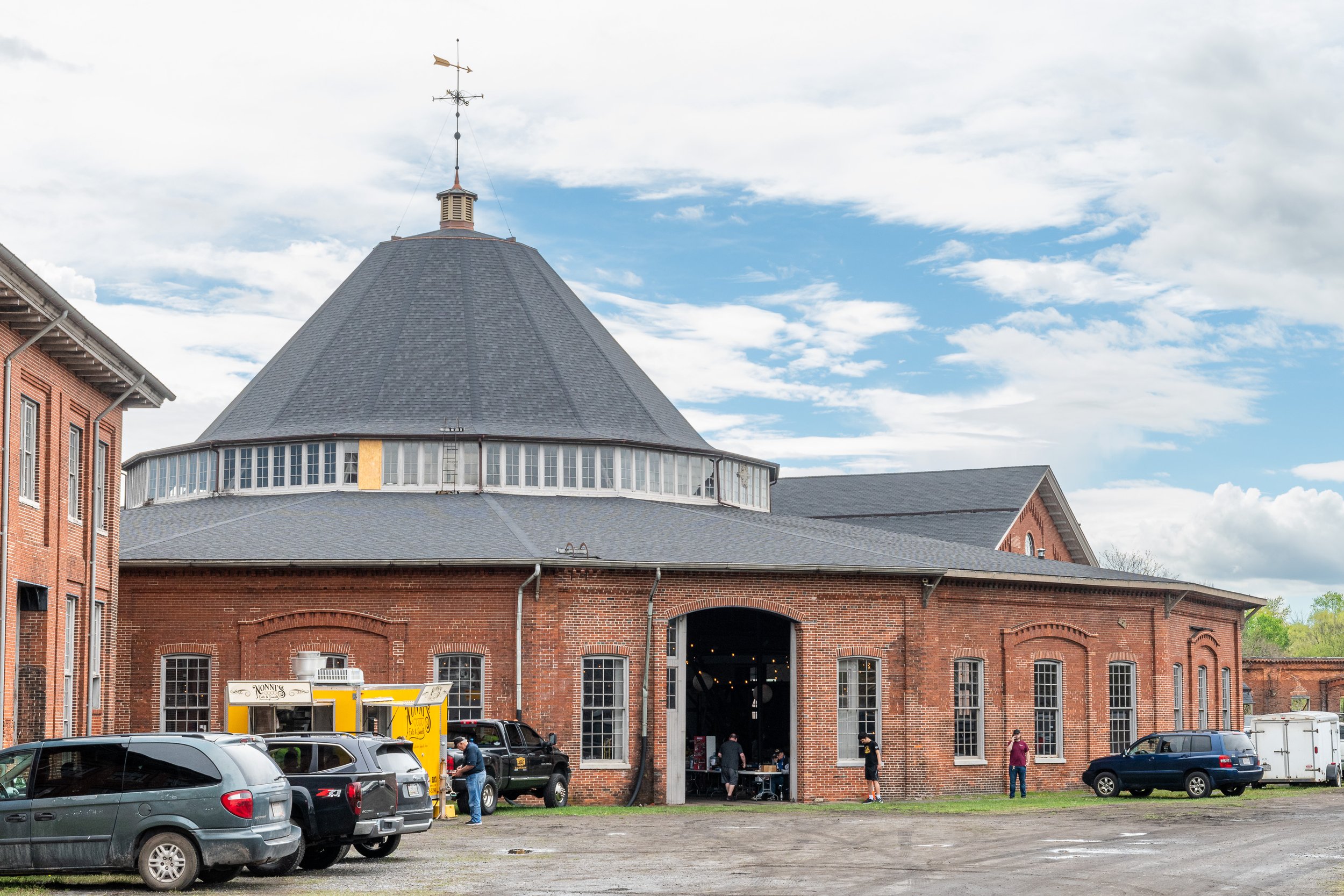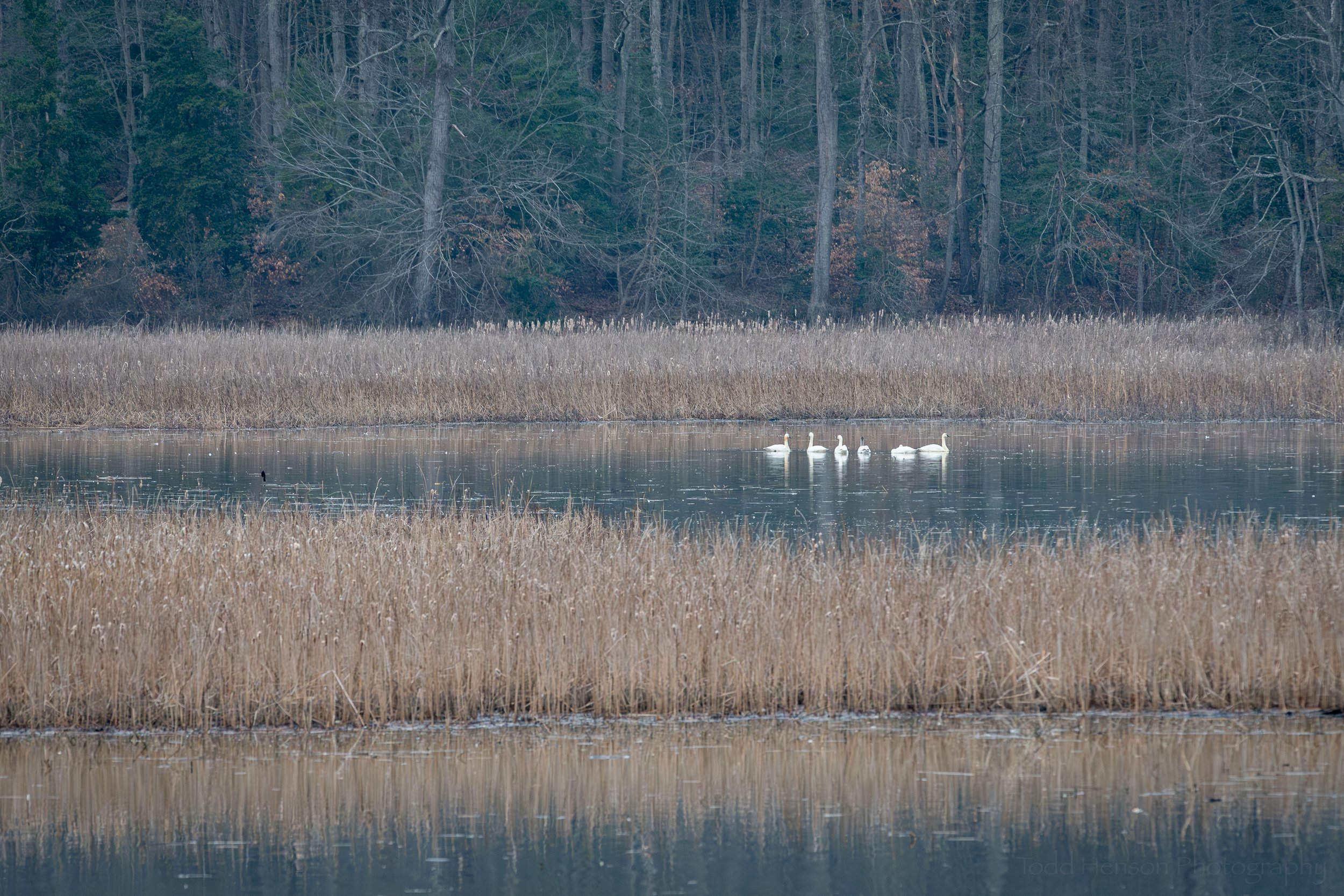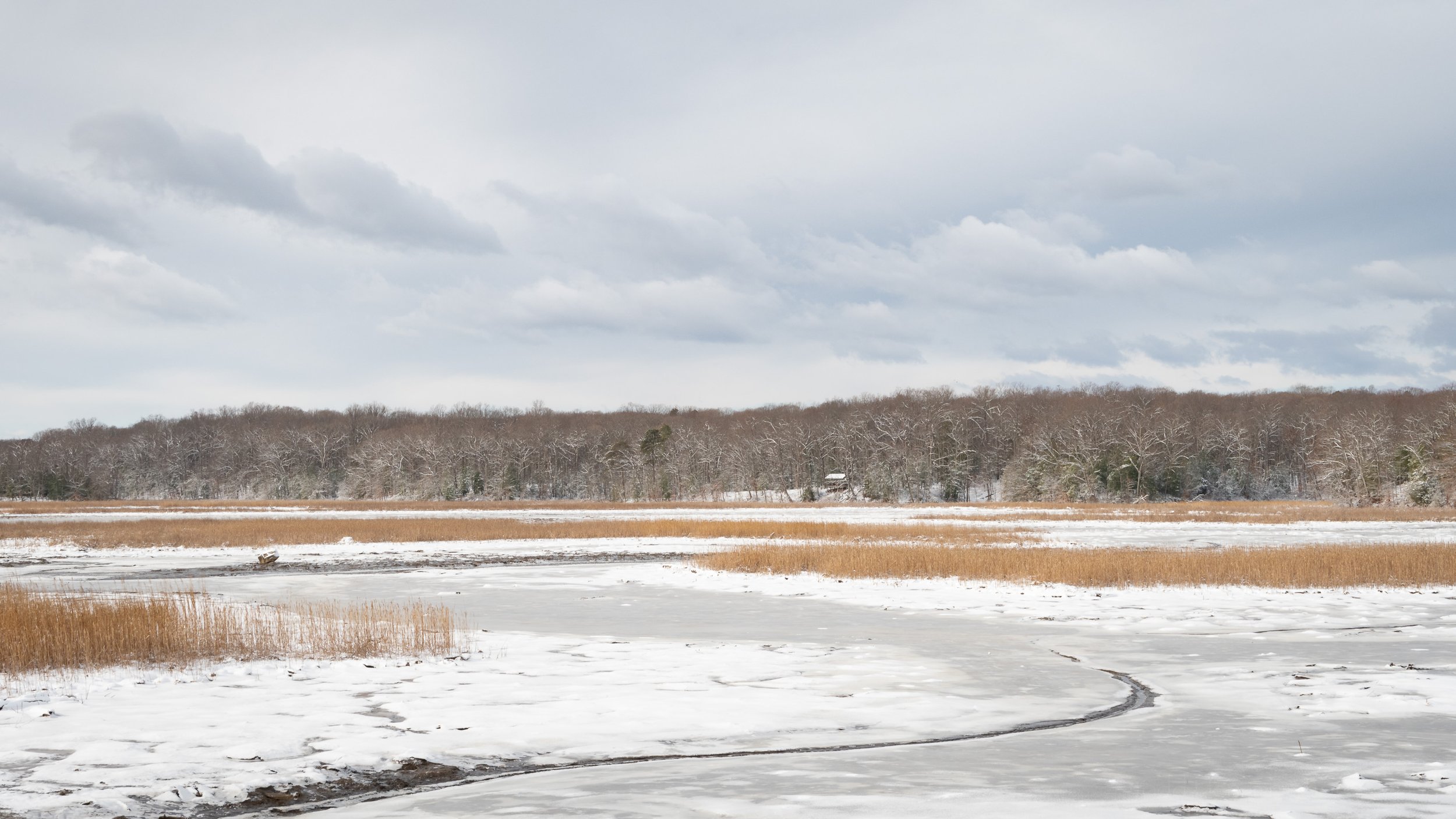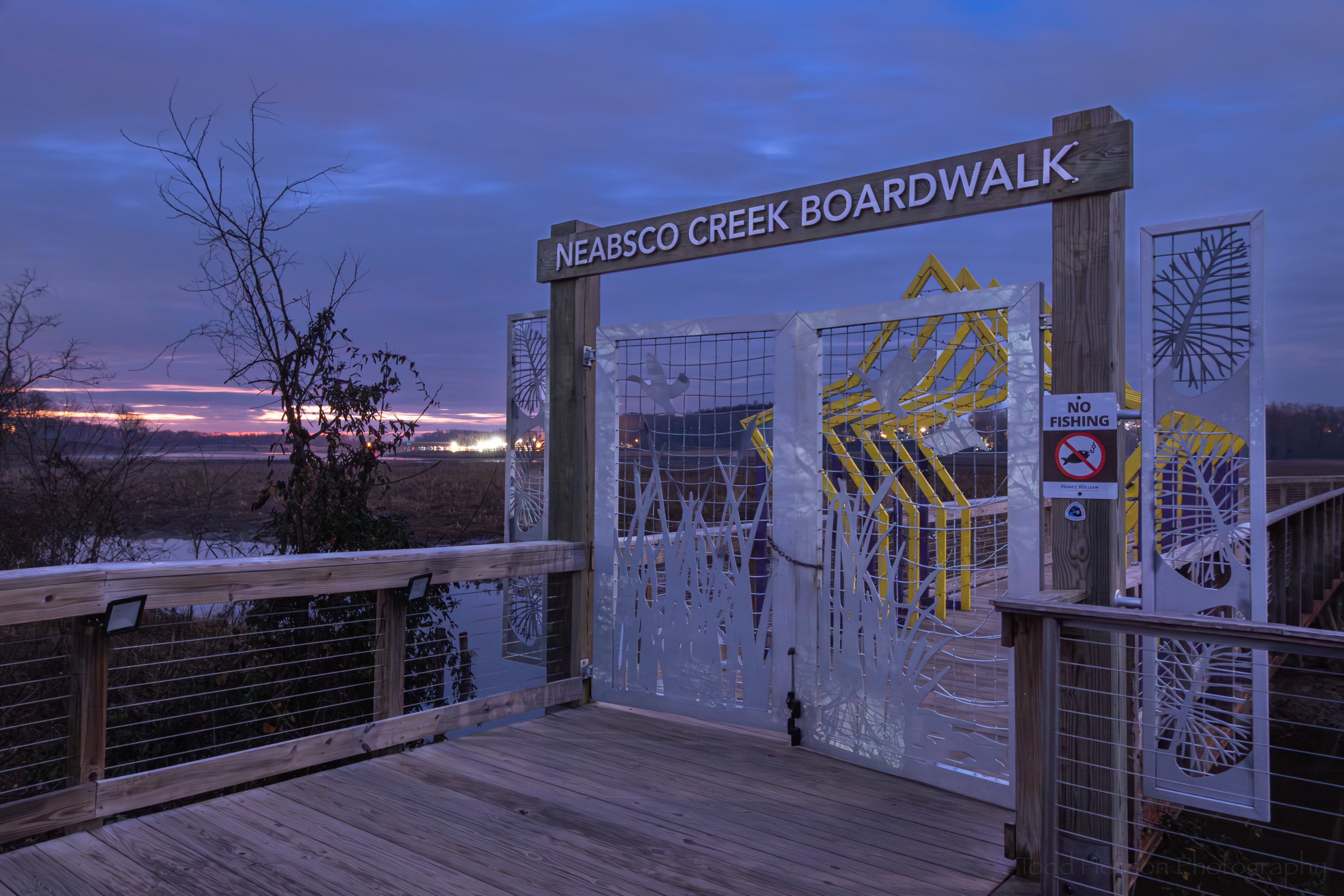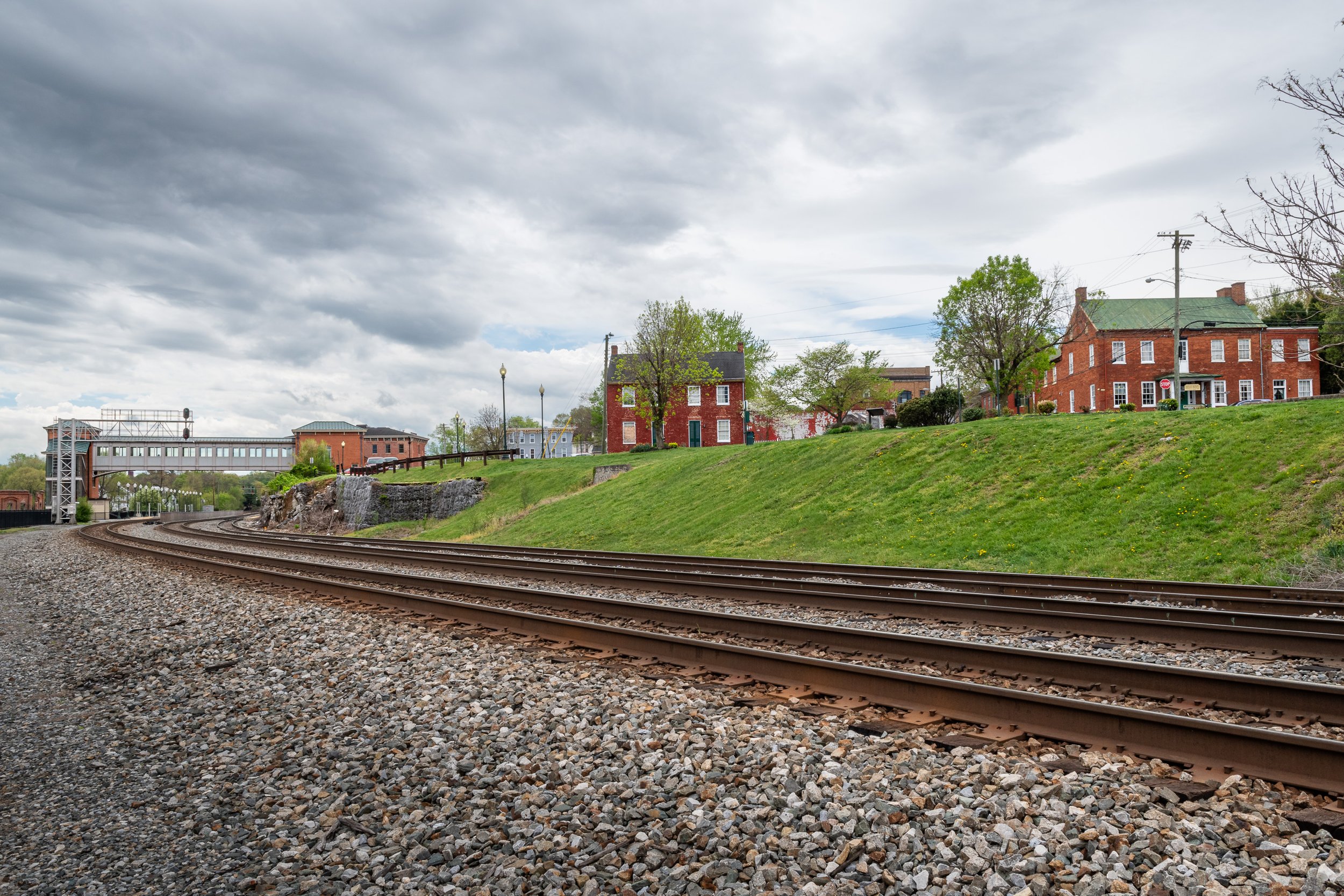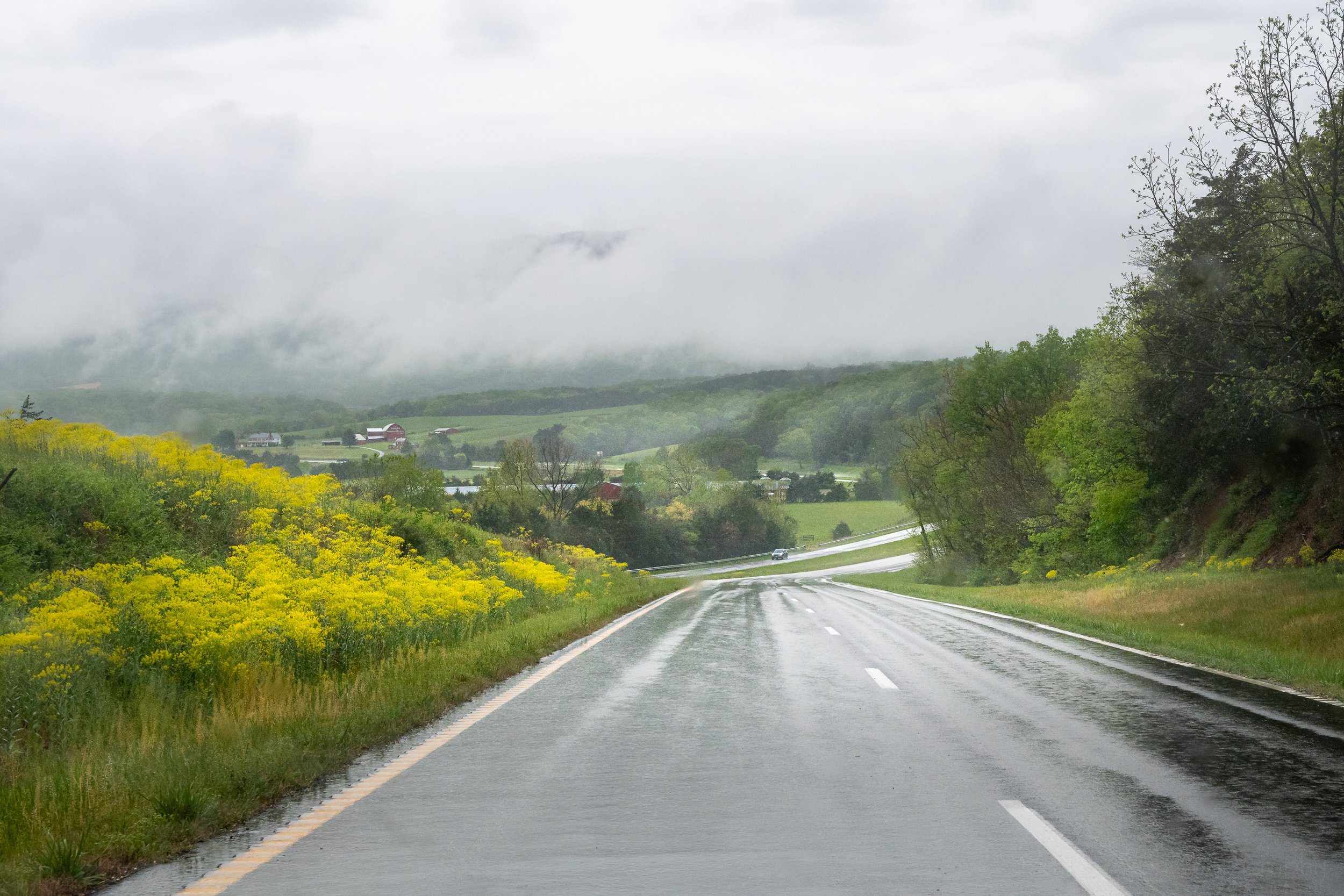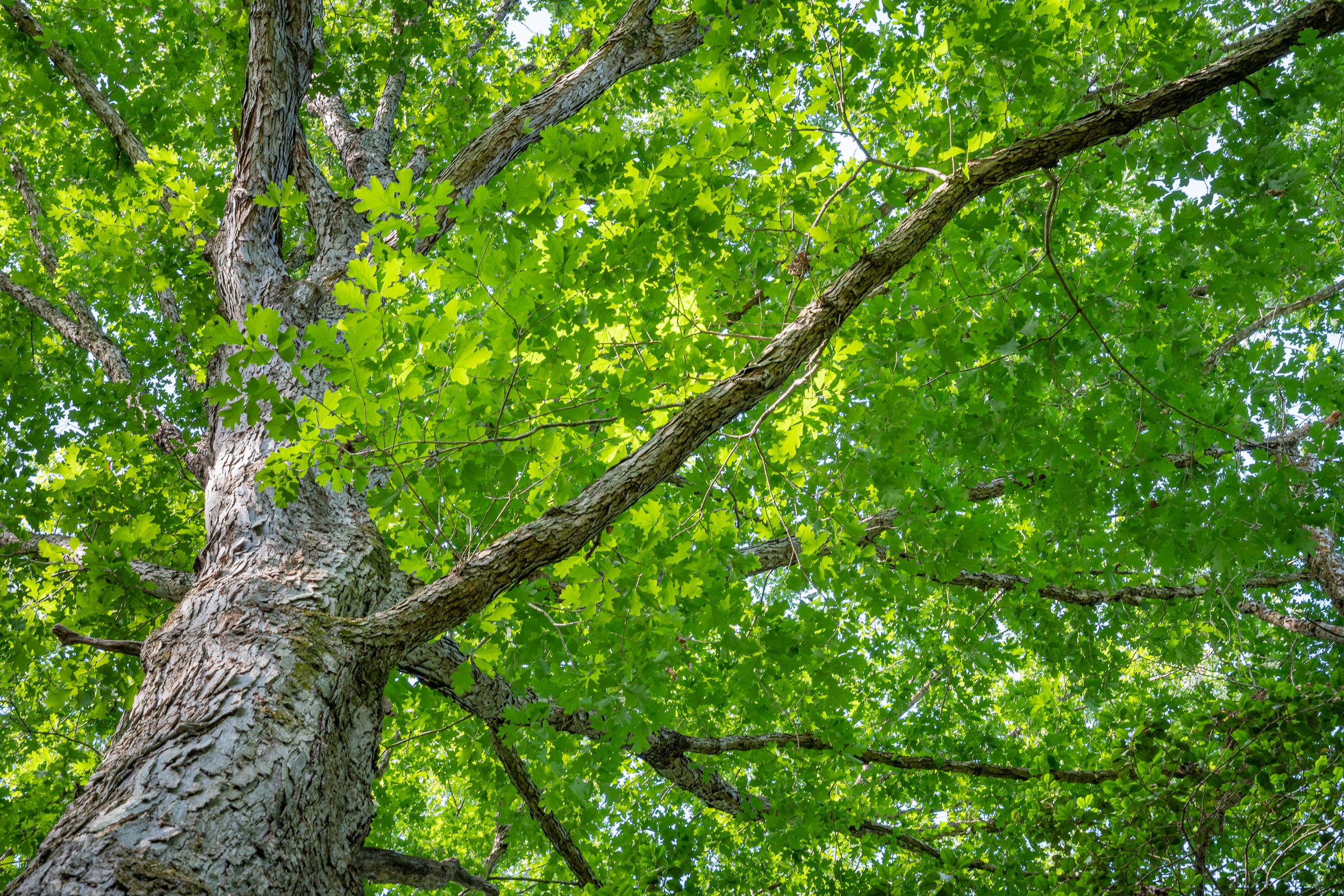A view first of Blandy Experimental Farm’s Ginkgo Grove near peak color in autumn.
My father and I had been to Blandy Experimental Farm, the State Arboretum of Virginia, several times but had never seen their Ginkgo Grove during fall when the leaves turn a beautiful golden yellow. This year, along with my mother, we decided to make the trip and see how our timing worked out. We’d watched their status web page and the weather and knew it’d be better visiting in the morning on a weekday as it can apparently get very busy later in the day and especially on weekends. So I took a day off work in late October when the weather was forecast to be at least slightly overcast and we made the trip. And I’m very glad we did.
Leaves and trees at the Ginkgo Grove.
It’s not all that unusual for me to feel overwhelmed and a bit lost when photographing a location or scene for the first time, especially if there’s a lot to see. And that was very much the case here. I hadn’t spent much time looking at any photos of the location online and I didn’t really know what to expect so I didn’t have many preconceived notions of what I’d like to photograph. The only one, really, was highly dependent on weather. I had this idea that a slightly foggy morning would create a beautifully soft and dreamy view of the lines of trees in the grove as they disappeared into the fog. And on the drive there it looked promising, there was fog in some areas as we approached Blandy. But when we arrived at the grove there wasn’t any fog to be seen. So I simply walked around the grove, trying to stay out of the way of the small number of other folks there with cameras while I noticed them doing the same for me.
Watching for falling leaves at the Ginkgo Grove (I only captured a couple).
It was a beautiful sight, all this yellow painting the trees and small sections of the ground where the leaves had fallen. We must have arrived at just about peak color. There was a little green here and there, and there were some leaves on the ground, but most of the trees were full of leaves of a very interesting shape and color. The ginkgo leaf is very distinctive. I captured a couple closeups to show you the leaves and the fleshy seeds or fruit. Apparently the seeds can have a bad smell, though I didn’t notice, and are poisonous when eaten raw. They can even irritate the skin if touched. Another point of interest is that only the female trees contain the seeds so this time of year you can easily tell a male from a female tree. Apparently city planners try to plant only male trees to avoid any issues with the seeds.
The golden leaves of a ginkgo biloba tree.
Looking up at the fleshy ginkgo seeds clustered amongst the golden leaves.
Showing the bark of a ginkgo biloba tree.
One of the informational signs said Blandy has over 300 trees, making it one of the largest groves in North America, and I think I might have read on their website that it is the largest in the country. Unfortunately, the sign also said their trees showed signs of stress and that many have died, so they may not live the thousand years or more the species is capable of. Not being an expert in these matters, the trees looked magnificent to me.
I thoroughly enjoyed walking amongst them, and I very much hope my parents also enjoyed the visit. It was a cool but comfortable morning and the soft light helped set a mood. I did find a little bit of foggy mist at one point as I noticed a distinct softening as I looked far into the grove, so even though I didn’t get the one photo I’d imagined I still came away with what I hope are some nice ones. As I said, I did feel a bit overwhelmed and I suspect it would take multiple trips before I started really feeling the place and creating better photos, though that time is now past for this year. Perhaps next year we’ll attempt another trip in search of the colorful gingko biloba foliage.
The glowing golds of the Ginkgo Grove.
If you ever make the trip there be aware parking is very limited at the grove site and reserved for people with limited mobility. The main parking is located just off the entrance road near The Quarters and you’ll have to walk a little ways to reach the grove. On the day we visited they had plenty of signs telling you where to park and where to walk.
The informational sign about Blandy’s Ginkgo Grove, one of the arboretum’s special collections.
Have you ever been to Blandy? Have you seen their Ginkgo Grove? Have you seen ginkgo trees elsewhere? Let me know in the comments below.
Do you enjoy these posts?
Sign up to receive periodic emails with updates and thoughts. Don’t worry, I won’t spam you. And please consider purchasing artwork or products from my online store, and using my affiliate links in the sidebar to the right when shopping online.
I appreciate your support!


